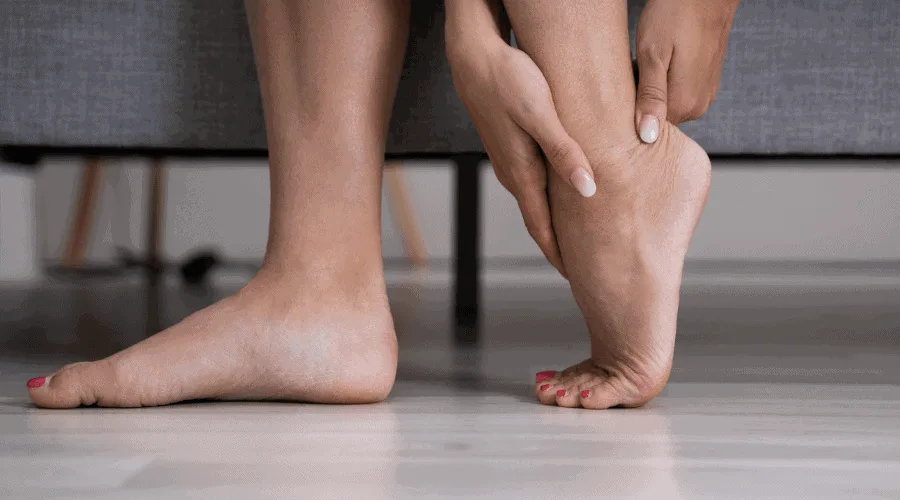Imagine you’re lifting a heavy grocery bag—your muscles tighten as you bring it up (that’s a muscle contraction!). But did you know muscles work in different ways depending on movement and load? Understanding the types of muscle contraction is essential if you’re recovering from injury, optimizing workouts, or just keen to take better care of your body.
At Total Health Rehab, we often see folks confused by terms like “eccentric” or “isometric.” And honestly, it’s totally normal. That’s why mastering these concepts is crucial—because it can transform how you train, recover, and heal.
Understanding Muscle Contraction
Muscles contract when they generate force through tension. Here’s a quick breakdown of the muscle structure:
- Muscle fibers made up of actin and myosin proteins.
- These slide past each other to create tension.
- The tension itself defines the type of contraction.
Why does it matter? Because knowing how your body uses these can:
- Prevent injury
- Improve performance
- Accelerate rehab
The Three Main Types of Muscle Contraction
Here’s where the real action happens. There are three principal types:
- Isometric Contraction
- Concentric Contraction
- Eccentric Contraction
Each has its unique role in movement, performance, and recovery.
1. Isometric Contraction
What Is It?
The muscle generates force without changing length. Think plank holds or pushing against a wall.
Why It Matters:
- Great for rebuilding strength without joint movement
- Low-impact—perfect for rehab, especially after injury or surgery
Example: Holding a squat midway with no movement
2. Concentric Contraction
What Is It?
Muscle shortens as it produces force. Picture curling a dumbbell—your biceps shorten as you lift.
Why It Matters:
- Builds strength and power
- Drives movement efficiency
Example: Rising from a chair, pushing up during a push-up
3. Eccentric Contraction
What Is It?
Muscle lengthens under load—like when you slowly lower a dumbbell during a curl.
Why It Matters:
- Most effective for building muscle
- Enhances tendon resilience
- Helps in controlled movement and reducing injury risk
Example: Descending stairs, lowering yourself in a squat
Common Causes of Muscle Dysfunction Related to Contractions
When contractions don’t work properly, you might feel tightness, pain, or weakness. Lets explore why:
1. Injury
- Strains, tears from overstretching or overload
- In rehab, muscles may fail to sustain proper concentric or eccentric actions
2. Medical Conditions
- Tendinopathy, arthritis, or nerve impingements affect contraction efficiency
3. Structural Issues
- Muscle imbalances, posture problems, or joint misalignment can skew muscle activation
4. Lifestyle & Health Choices
- Sedentary lifestyle leads to atrophy
- Poor posture or lack of variety in movement
5. Nerve‑Related Disorders
- Conditions like radiculopathy or peripheral neuropathy can impair muscular contraction patterns
Diagnosis: How to Tell If Something’s Wrong
Self‑Assessment
- Range of motion test: Can you control the motion eccentrically and concentrically?
- Strength test: Compare sides with simple bodyweight movements
- Pain level: At what point in motion do you feel discomfort?
Professional Evaluation
- Your Total Health Rehab clinician may perform:
- Manual muscle tests
- Functional movement screens
- Gait or activity analysis
- Manual muscle tests
Red Flags Requiring Urgent Care
- Sudden sharp pain or pop in muscle
- Numbness, tingling, or loss of function
- Severe swelling or bruising
If any of these occur, see a medical professional ASAP.
Treatment Options for Muscle Contraction Issues
1. Home Remedies
- Rest & avoid overloading
- Ice/Heat therapy depending on pain phase
- Gentle stretching and mobility drills
2. Physical Therapy at Total Health Rehab
- Supervised isometric holds for muscle activation
- Progressive eccentric loading to rebuild tendon/muscle strength
- Concentric strengthening through targeted exercises
- Hands-on interventions like soft tissue work and dry needling
Learn more about our physical therapy services →
3. Medical Interventions
- NSAIDs or pain relief for inflammation
- Injections (e.g., PRP) for stubborn tendinopathy
- Surgery in rare severe cases
Prevention Tips: Keep Those Muscles Functioning Smoothly
Strength & Mobility Drills
- Isometric holds: wall sits, planks
- Eccentric reps: slow calf lowers, drop squats
- Full-range concentric moves: controlled lunges, step-ups
Lifestyle Changes
- Mix cardio, strength, flexibility in your routine
- Correct posture at desk & during lifts
- Prioritize recovery—sleep, hydration, and nutrition
Technique Focus
- Warm up before activities
- Use controlled tempo (e.g., “4 seconds down, 1 second up”)
- Lift progressively—not too heavy, too fast
Contact Us Today
When you’re ready to take control of your muscular health, book a consultation at Total Health Rehab. Whether you’re recovering from injury or training for peak performance, our expert team can evaluate your contraction patterns, tailor a rehab plan, and help you rebuild reliably.



